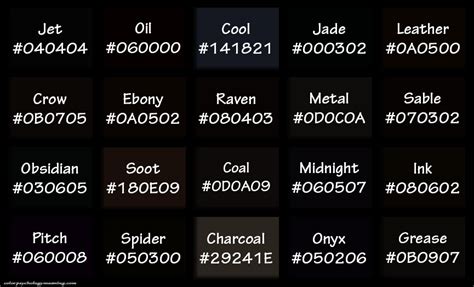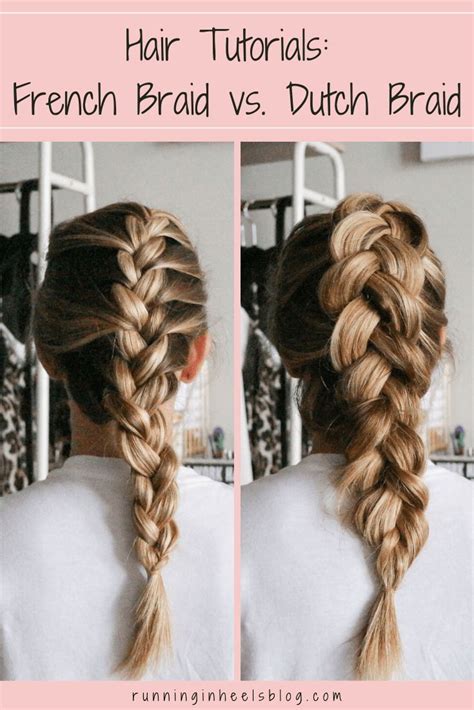Dutch Braid vs. French Braid: The Ultimate Showdown
Introduction
The world of hairstyling is bursting with an array of intricate braids, two of the most iconic being the Dutch braid and the French braid. While both styles share similarities, they exhibit unique characteristics that set them apart. In this detailed comparison, we will delve into the intricacies of each braid, highlighting their distinct features, techniques, and the benefits they offer.

Understanding the Dutch Braid
The Dutch braid, also known as the inverted French braid, is characterized by its outward appearance. The strands of hair are crossed over each other from underneath, creating a raised and textured effect.
Key Features:
- Crossover from underneath
- Raised and textured
- Adds volume and fullness
Technique:
- Divide damp or dry hair into three equal sections.
- Cross the right strand underneath the middle strand.
- Repeat with the left strand, crossing it underneath the new middle strand.
- Continue by adding small sections of hair from the sides and crossing them underneath until the end of the braid is reached.
- Secure with an elastic band.
Understanding the French Braid
The French braid, a timeless classic, is an inside-out braid that boasts a smooth and elegant finish. The strands of hair are crossed over each other from above, creating a seamless and sophisticated look.
Key Features:
- Crossover from above
- Smooth and elegant
- Suitable for various hair types
Technique:
- Divide damp or dry hair into three equal sections.
- Cross the right strand over the middle strand.
- Repeat with the left strand, crossing it over the new middle strand.
- Continue by adding small sections of hair from the sides and crossing them over until the end of the braid is reached.
- Secure with an elastic band.
Comparing Dutch Braid vs. French Braid
Table 1: Key Differences
| Feature | Dutch Braid | French Braid |
|---|---|---|
| Crossover | Underneath | Above |
| Appearance | Raised and textured | Smooth and elegant |
| Volume | Adds volume and fullness | Suitable for various hair types |
Benefits of Dutch Braids
- Creates a bold and volumized look
- Perfect for special occasions or formal events
- Can be worn in various styles, such as buns, topknots, and ponytails
- Adds a touch of drama and sophistication
Benefits of French Braids
- Versatile and suitable for everyday wear
- Easy to style and maintain
- Can be dressed up or down, depending on the occasion
- Protects hair from tangles and breakage
Which Braid is Right for You?
The choice between a Dutch braid and a French braid ultimately depends on the desired look and the occasion.
- For a dramatic and voluminous style, the Dutch braid is the ideal choice.
- If a classic and elegant look is preferred, the French braid is the perfect option.
Tips and Tricks for Dutch and French Braiding
- Use detangling spray or conditioner to prevent knots and ensure a smooth braiding process.
- Dampen hair slightly to make it more manageable.
- Practice regularly to improve technique and achieve the desired look.
- Secure braids with bobby pins or hairspray for added hold.
- Add hair extensions or ribbons for a pop of color and added volume.
Conclusion
Both the Dutch braid and the French braid are timeless and versatile hairstyles that have captivated generations. While the Dutch braid offers a bold and volumized look, the French braid exudes elegance and sophistication. Understanding the nuances of each braid empowers you to choose the perfect style that complements your personality and the occasion. Whether you opt for a Dutch braid or a French braid, these iconic hairstyles will turn heads and leave a lasting impression.
